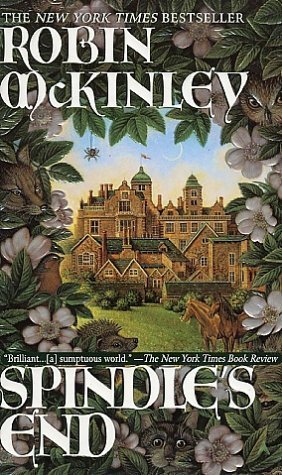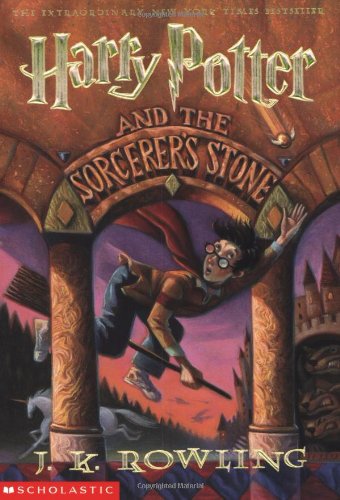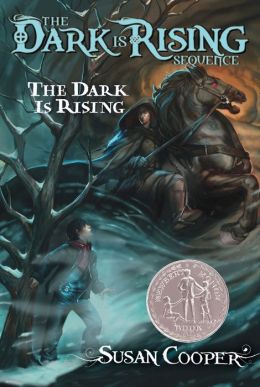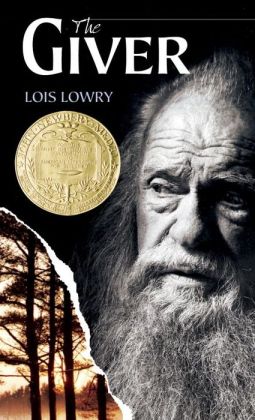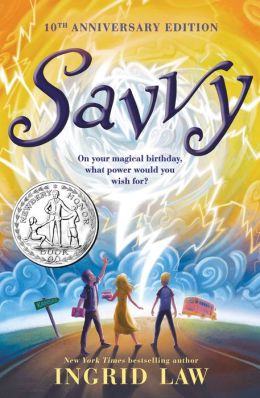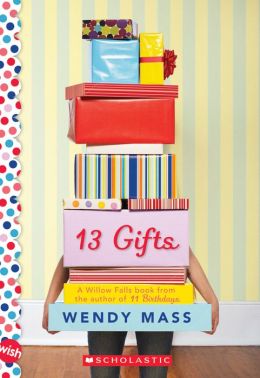I love book lists. You know, like 50 Novels Everyone Should
Read Before They Die. How could I resist an offering like that? How
many can I tick off, or at least boast some familiarity, and therefore feel
validated in my life choices? Will I be reminded of a classic I now feel ready to
tackle, or find a new suggestion so intriguing I’ll actually track it down and
dive in? Besides, lists don’t take much time commitment, so the enjoyment-to-effort
ratio is pretty high.
But lately I’ve had new reason to go trolling book lists, specifically for picture books. I need quality bedtime reading material for Sweetpea. Early intervention is essential to
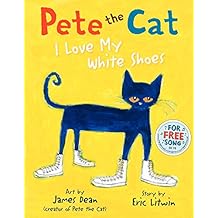 |
| The book dominated conversation for a week. Plus the song got stuck in our heads. |
Plus, my internal picture book database has grown stale.
It’s been years since I kept up with the field, and even longer since
I worked at the bookstore. I realized I’d slipped out of the loop last year
when Sweetpea came home from preschool raving about a new favorite: Pete
the Cat. There was a song and everything. I’d never heard of it. It’s a whole
series that everyone in kidworld knows, apparently, except me. What else have I
been missing while comfortably relying on Blueberries for Sal and The Paperbag
Princess?
 |
| It's a classic for a reason. If you haven't read it recently, go check it out. |
We’ve discovered a few recent must-reads through
conversations with friends or chance encounters at the library—things like
Fancy Nancy and Pinkalicious (I know, they’re not that new—now you see how dire
the situation is). But it was a good old list that helped us find Ladybug Girl.
And the Best Books of 2016 that helped us get super current with The Airport
Book, The Bear and the Piano, The Artist and Me, Have You Seen Elephant, Leave
Me Alone!, and My Favorite Pets. Some we’ve gone meh, some we liked ok, some we
loved.
 |
| A superhero we can all relate to. |
Which brings up a contrary point—lists are not magic, just one person’s opinion (or a bunch of people, if it’s an opinion poll or a best seller list). But someone read books and thought about them enough to pick some over others. Or maybe didn’t read all the books, just copied someone else’s list. Slacker! But at some point someone read these books, which is more than I’ve done. And I probably won’t agree with all their choices. Maybe on my own I’ll find a gem that never made the list. But it’s like my shopping list—a way to focus on some things and bracket out others so I can get started in a somewhat systematic way. (In contrast to my to-do list, which has only a tenuous connection to my actual life, or any objective reality.)
 |
| We loved the subplots woven through the illustrations. |




